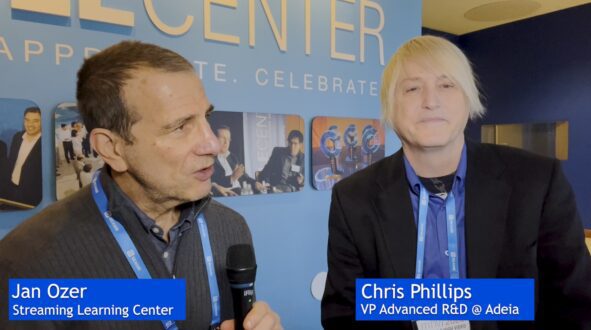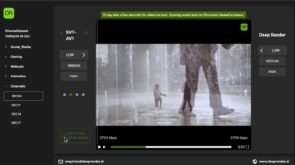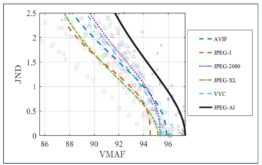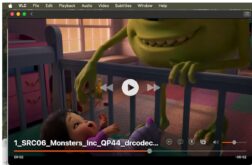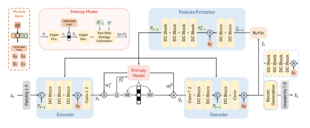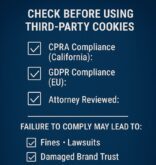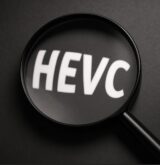At Mile High Video 2025, I spoke with Adeia VP of Advanced R&D Chris Phillips about Adeia’s latest advancements in video optimization and ultra-low latency streaming solutions. It was an interesting chat, which finds Adeia at the forefront of developing technologies that improve video quality and reduce latency—key challenges for cloud gaming and real-time streaming.
You can watch the interview on YouTube here and embedded below. Note that some quotes have been edited for readability and conciseness.
Contents
Extreme Low-Latency Streaming
One of the key technologies Adeia showcased at Mile High Video was extreme low-latency streaming, designed to minimize lag and packet loss—critical for cloud gaming and other interactive applications. Chris shared, “We’re demonstrating extremely low latency for gaming applications where we need minimal latency and minimal packet loss. We handle scene changes and other challenges without having to generate I-frames, which is the real innovation.”
This approach enables a smoother and more responsive streaming experience, even in complex gaming environments where rapid scene changes can traditionally cause delays or buffering.
Video Encoding Optimization
To achieve this, Adeia utilizes advanced video encoding techniques known as slicing and tiling. These methods break down video frames into smaller segments, allowing faster and more efficient processing. Chris explained, “We’re encoding videos with a number of slices per picture, or using HEVC and VVC tiling. This lets us deliver large pictures over several smaller pieces in time, which helps us handle scene changes and packet loss without client-side buffering.”
This strategy improves streaming efficiency and reduces latency, ensuring a seamless viewing experience even under challenging network conditions.
Selective L4S Marking
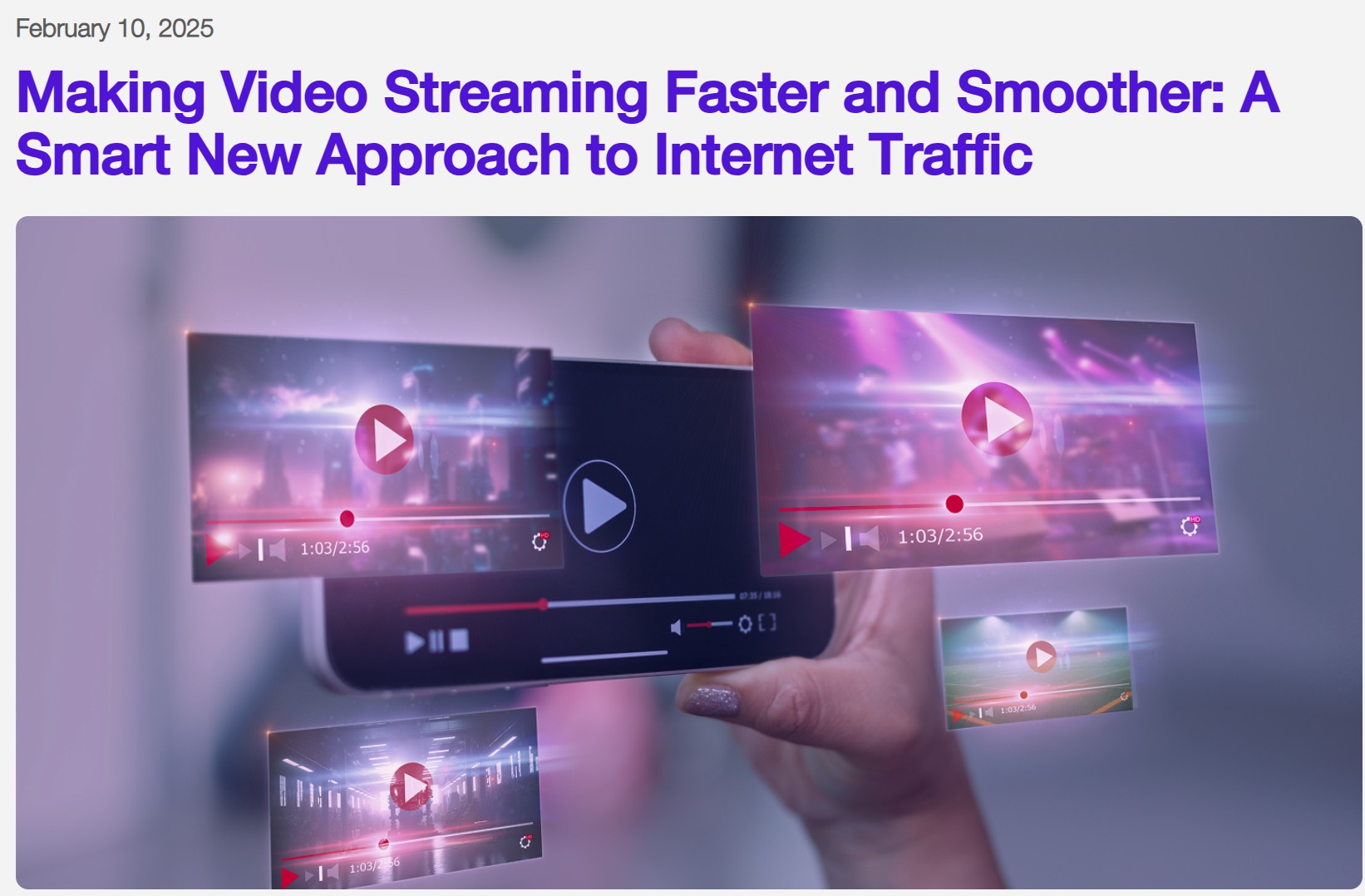
Another innovative solution Adeia is developing is selective L4S (Low Latency, Low Loss, Scalable Throughput) marking. This technique prioritizes the most time-sensitive data packets, reducing latency without overloading the network. According to Chris, “We selectively mark packets that make up a very large picture, deciding whether they need low-latency queueing or can go in the regular queue. This optimizes the network and improves streaming efficiency.”
This selective approach is a key differentiator, enabling Adeia to balance low latency with overall network stability.
Research Spotlight: Ultra-Low Latency Multimedia Delivery
At Mile High Video, Adeia presented their paper, “On Ultra-Low Latency Multimedia Delivery: An Approach for Selective L4S Enablement,” by Dhananjay Lal, Christopher Phillips, and Mareeta Mathai. The paper explores how selective L4S marking can enhance low-latency streaming, paving the way for next-generation video delivery solutions. Note that another Adeia researcher, Luke W, presented a paper entitled The Influence of AI Technology on Speech Synthesis and Voice Cloning, which Chris and I didn’t discuss.
The Future of VVC and Industry Trends
Chris also shared his perspective on the future of VVC (Versatile Video Coding), the next-generation video codec. “I think VVC is at the point where it’s beginning to be deployed. We saw a demonstration from Ericsson showing VVC running in cloud gaming with ultra-low latency. I think adoption is going to happen very fast,” he noted. Adeia’s innovations are designed to support this transition, optimizing video quality and efficiency across all major platforms.
Why Mile High Video Matters
Chris attended Mile High Video for the first time and found it to be an invaluable experience for networking and staying updated on industry trends. “I saw a lot of old friends and connected with people I’ve known throughout the industry,” he shared. He appreciated the event’s focused environment, which allowed for meaningful conversations about the latest advancements in video encoding, transport, and optimization. According to Chris, the presentations and discussions provided valuable insights that will help shape Adeia’s future innovations.
Conclusion
Chris highlighted how Adeia is pioneering new approaches to video streaming, from ultra-low latency solutions to advanced encoding techniques and selective L4S marking. As cloud gaming and interactive streaming continue to grow, these innovations will be crucial in delivering high-quality, low-latency experiences.
For more insights, check out the full interview or visit Adeia’s website to learn more about their cutting-edge solutions.
 Streaming Learning Center Where Streaming Professionals Learn to Excel
Streaming Learning Center Where Streaming Professionals Learn to Excel

